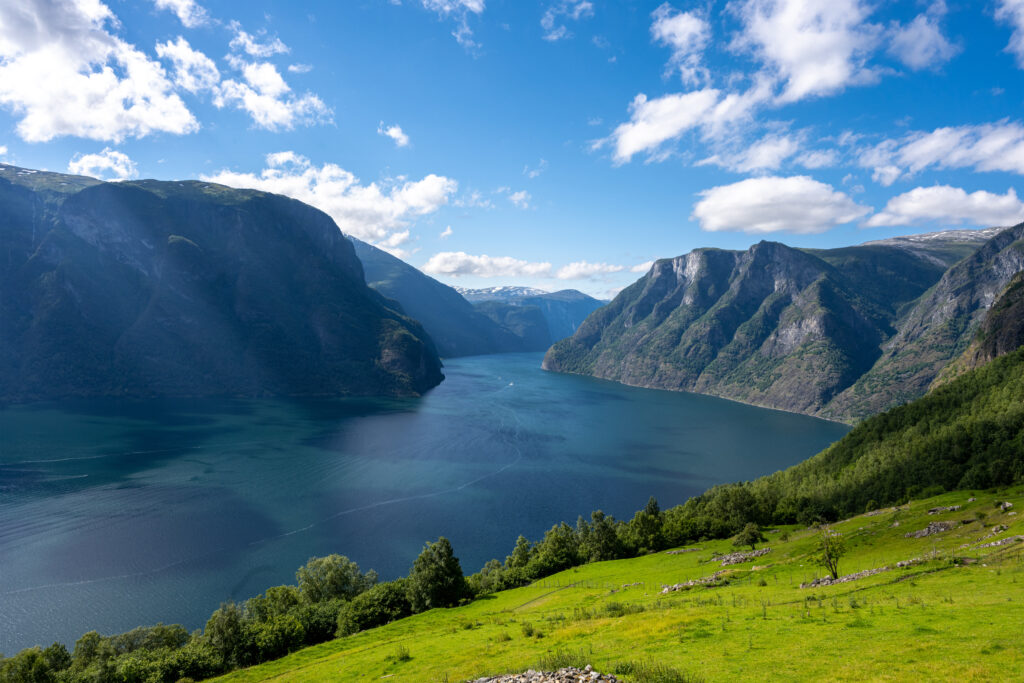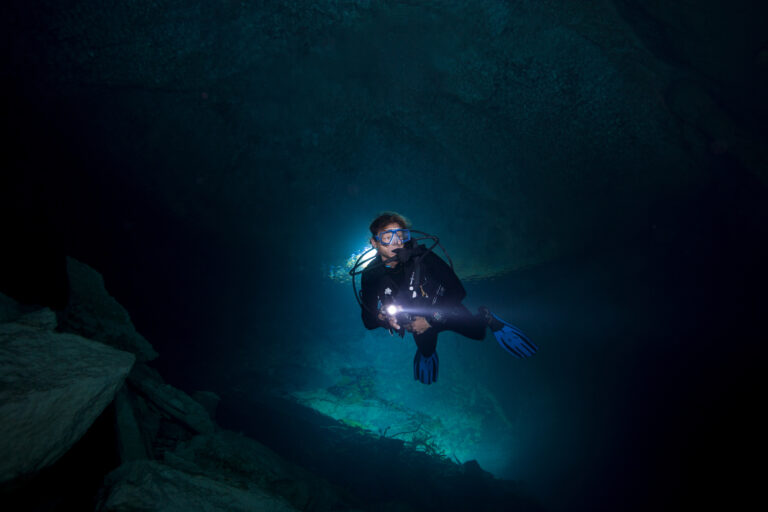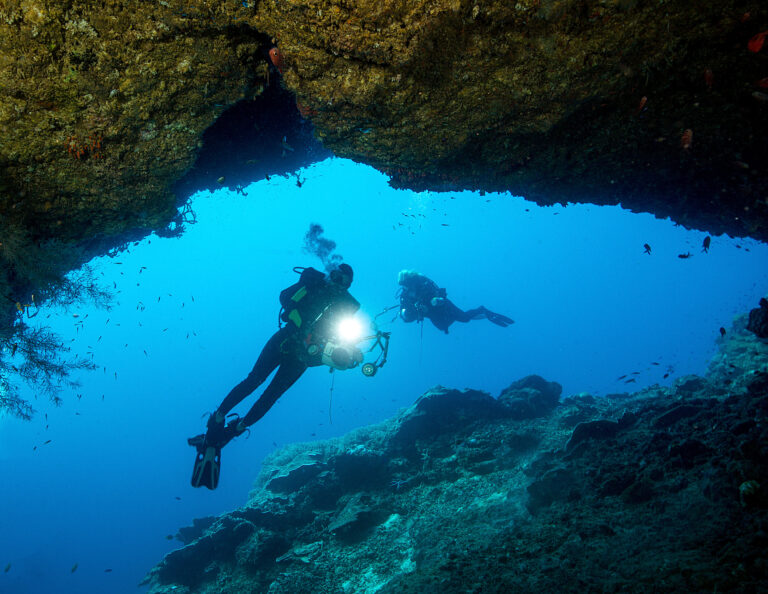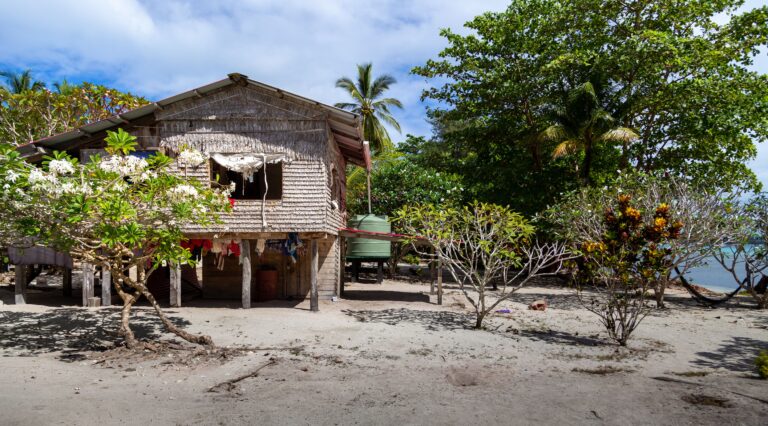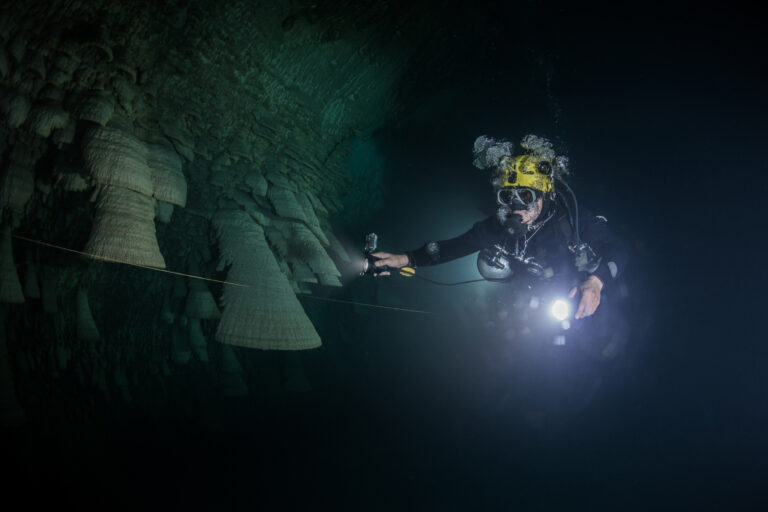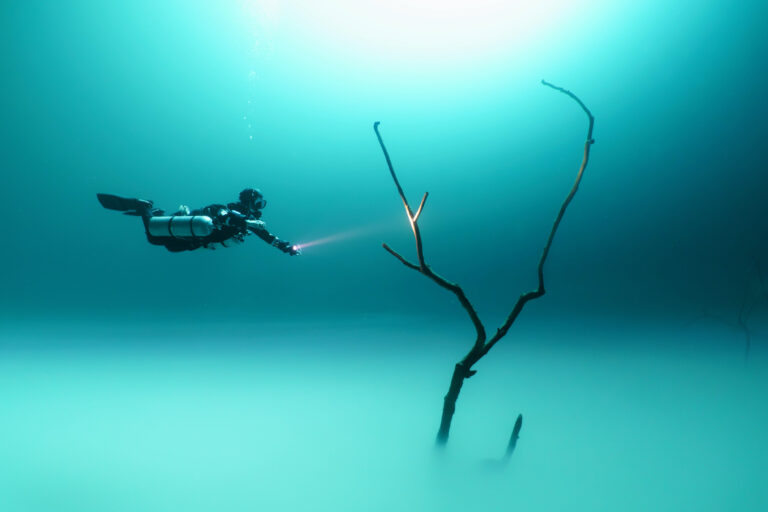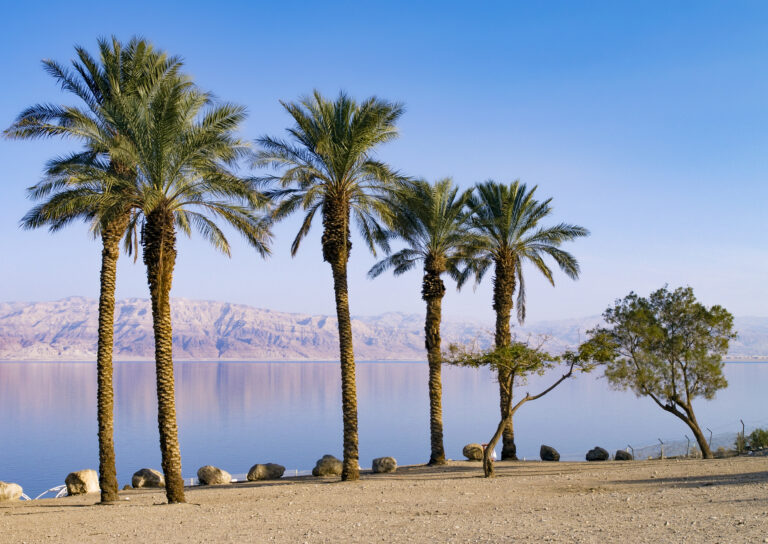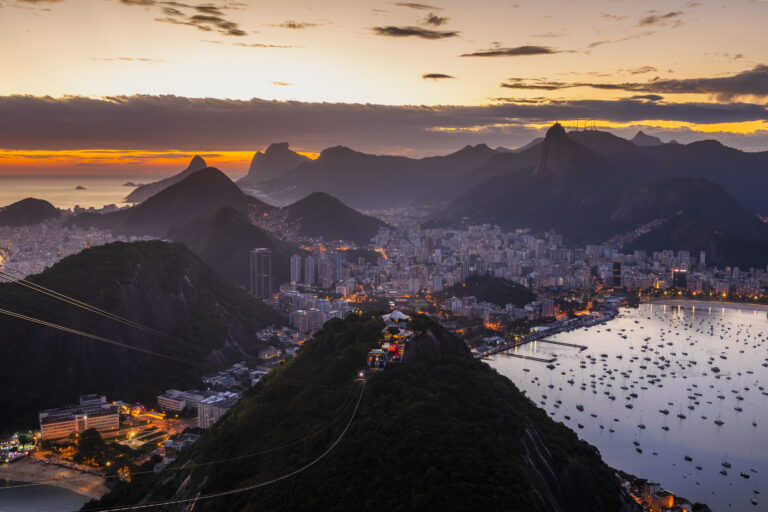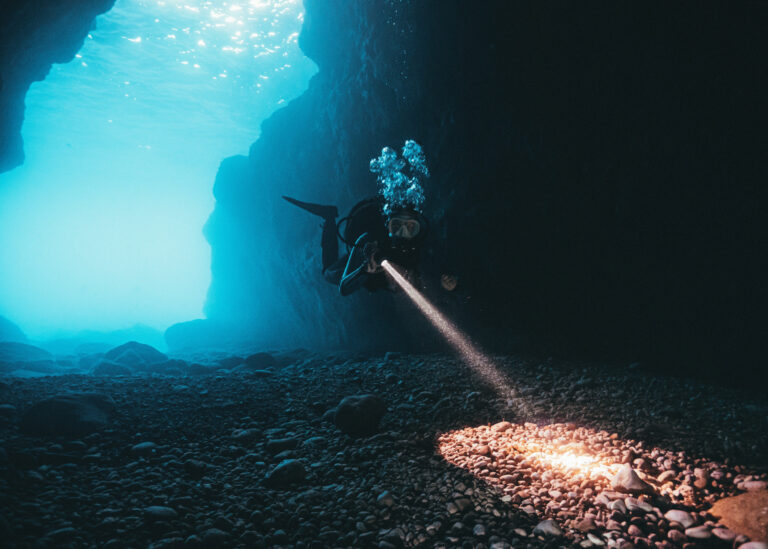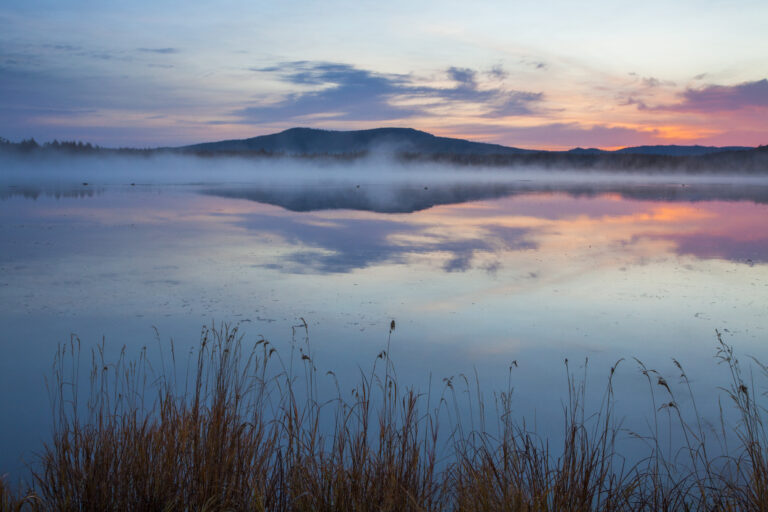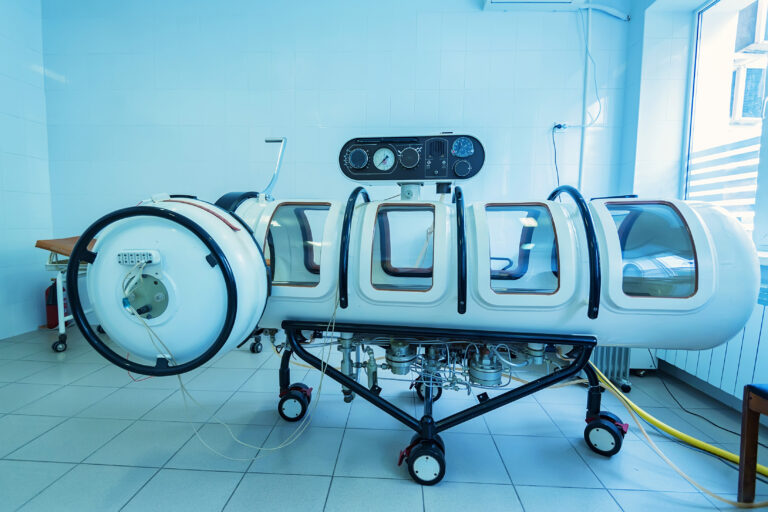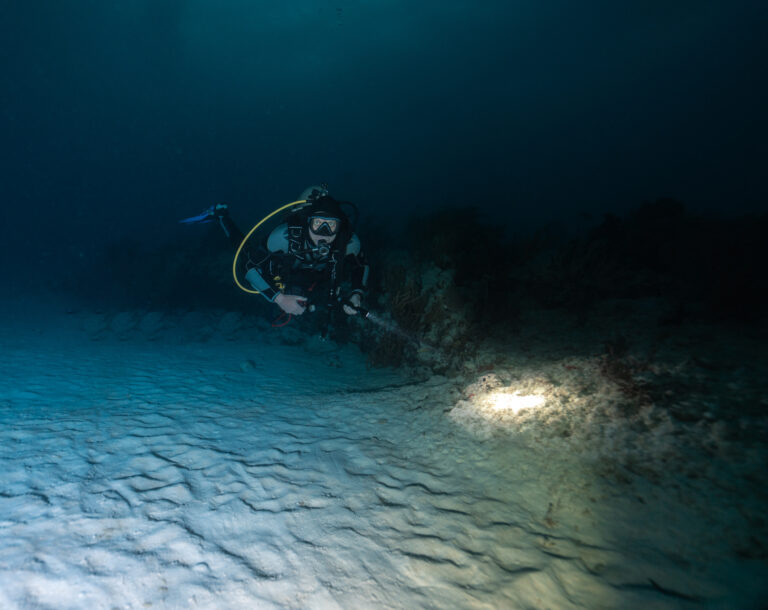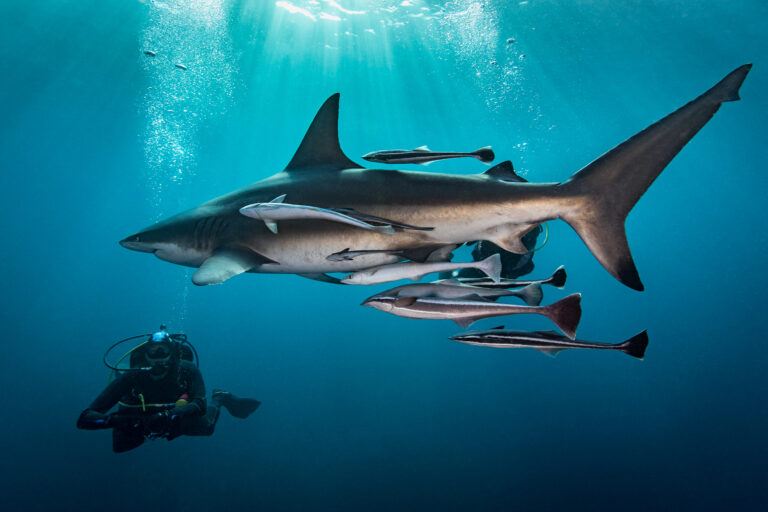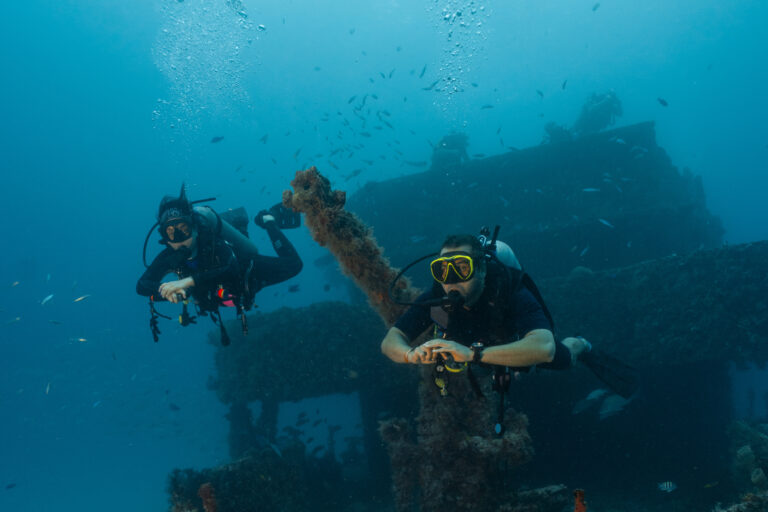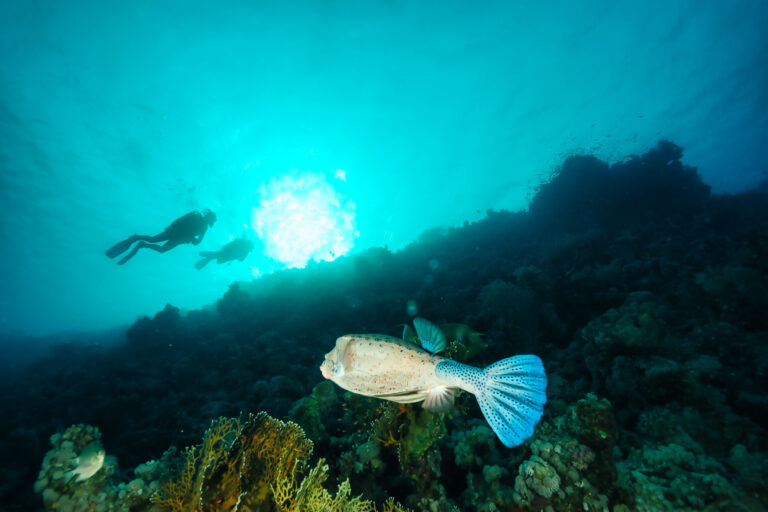SCUBA DIVERS’ TRAVEL GUIDE TO Norway
Norway, with its extensive coastline and stunning natural beauty, is a top destination for scuba diving. From the Arctic north to the more temperate south, Norway offers a diverse range of dive sites, including deep fjords, wrecks, and abundant marine life. Local dive centers provide equipment rentals and guided tours to help you explore this underwater wonderland. Drift diving in Norway is an exhilarating experience as you “fly” over the sea floor carried by the current. With its unique location and stunning natural beauty, Norway is a must-visit destination for scuba diving enthusiasts.
LOCATION AND GEOGRAPHY
Norway, a Scandinavian gem, offers a unique scuba diving experience amidst its dramatic landscapes, where the rugged coastline stretches over 83,000 kilometers, including its fjords and islands. The country extends far north into the Arctic Circle, presenting a diverse range of diving environments from the temperate waters of the Skagerrak in the south to the frigid, pristine waters of the Arctic north. Divers can explore the underwater topography that mirrors the country’s famous fjords, with steep rock walls plunging into the depths, and a seabed scattered with intriguing wrecks from both world wars. The Norwegian coastline is also dotted with numerous islands, such as the Lofoten archipelago, which not only provide sheltered bays ideal for diving but also serve as gateways to the open sea where the Gulf Stream brings relatively warmer waters and a rich marine life. Whether venturing into the kelp forests, investigating the historical shipwrecks, or seeking encounters with the ocean’s larger inhabitants in the deep blue, Norway’s location and geography offer a breathtaking underwater adventure for divers of all levels.
VISA AND ENTRY REQUIREMENTS
Before embarking on a scuba diving adventure to the majestic fjords and pristine waters of Norway, it is essential to understand the visa and entry requirements for this Nordic destination. Norway is part of the Schengen Agreement, which allows citizens of member countries to travel freely without a visa for short stays up to 90 days within a 180-day period. Travelers from non-Schengen countries may need to apply for a Schengen visa, depending on their nationality. It is important to check the latest information from the Norwegian Directorate of Immigration (UDI) or the nearest Norwegian embassy or consulate for specific requirements. Additionally, a valid passport with at least three months’ validity beyond the planned departure date from the Schengen area is typically required. Ensure that you also meet any health regulations and carry proof of sufficient funds and a return or onward ticket, as these may be requested upon entry. With the paperwork in order, divers can look forward to exploring Norway’s underwater wonders, including vibrant kelp forests, WWII wrecks, and the rich marine life of the cold, clear waters of the North Atlantic and Arctic Oceans.
GETTING TO Norway
Getting to Norway for an unforgettable scuba diving adventure is a journey that promises both ease and excitement. Norway is well-connected to the global travel network, with several international airports such as Oslo Gardermoen, Bergen Flesland, and Stavanger Sola facilitating access from all corners of the world. Major airlines offer direct flights from numerous cities across Europe, North America, and Asia, while regional carriers provide convenient connections from within Europe. Upon arrival, the country’s extensive and efficient public transportation system, which includes trains, buses, and ferries, allows divers to reach the most remote coastal areas where pristine diving spots await. For those who prefer to drive, renting a car is a great option, offering the freedom to explore Norway’s rugged and beautiful landscapes at your own pace, with the added bonus of stumbling upon hidden diving gems along the country’s extensive coastline. Whether you’re arriving by air or land, Norway’s well-developed infrastructure and the welcoming nature of its people ensure a smooth start to your underwater Nordic adventure.
BEST TIME TO DIVE
The best time to scuba dive in Norway is during the summer months, from late June to early August, when the days are longest, and the water temperatures are at their warmest, hovering around 8-16°C (46-61°F). During this period, the visibility is often excellent, sometimes exceeding 30 meters, and the marine life is abundant. Divers can enjoy the midnight sun in the northern regions, allowing for unique round-the-clock diving experiences. However, for those seeking the thrill of ice diving and the chance to witness the ghostly dance of the Northern Lights underwater, the winter months offer a truly unique experience, albeit with much colder conditions and the need for appropriate thermal protection. Keep in mind that weather conditions can be unpredictable, and it’s essential to check local dive reports and consult with dive centers for the most current information.
ACCOMMODATION OPTIONS
In the rugged and breathtaking landscapes of Norway, scuba divers can find a variety of accommodation options to suit their preferences and budgets. From the cozy and traditional fishermen’s cabins, known as ‘rorbuer’, which offer a quintessentially Norwegian experience along the fjords and coastal areas, to modern hotels and resorts that cater to the luxury-seeking diver, there is something for everyone. Many accommodations are strategically located near popular dive sites, such as the cold-water coral reefs in the fjords or the famous shipwrecks along the Norwegian coastline. For those looking for a more immersive experience, liveaboards are available, providing the convenience of diving directly from your floating accommodation. Campsites and hostels present more budget-friendly alternatives, often with facilities for drying and storing gear. Regardless of where you choose to stay, the stunning natural beauty of Norway’s underwater world is never far away.
DIVE OPERATORS AND DIVE SHOPS
In the rugged and breathtaking landscapes of Norway, dive operators and dive shops are your gateway to exploring the underwater wonders of this Scandinavian jewel. With a focus on safety and environmental stewardship, Norwegian dive shops offer a range of services from equipment rentals to guided tours, catering to both novice and experienced divers. The frigid waters of Norway are home to a unique array of marine life, historic wrecks, and dramatic underwater topography. Dive operators, often staffed by locals with intimate knowledge of the best dive spots, provide invaluable insights into the hidden gems of the Norwegian seas, such as the renowned Orkney wrecks and the vibrant coral reefs of the Trondheim Fjord. They also offer courses for those looking to enhance their skills, including ice diving certifications that allow the more adventurous to explore beneath the frozen surface. With the proper thermal protection and guidance from these expert operators, divers can immerse themselves in the pristine and mysterious aquatic world that Norway has to offer.
TRANSPORTATION WITHIN Norway
In Norway, transportation options to reach your scuba diving destinations are as varied as the underwater landscapes awaiting exploration. The country’s well-maintained roads and extensive network of bridges and tunnels make car rentals a popular choice for flexibility and scenic drives, especially for those looking to visit multiple dive sites along the rugged coastline. For remote locations, such as the Lofoten Islands or dive spots along the fjords, ferries are a quintessential part of the journey, offering stunning views and convenient access to otherwise inaccessible areas. Trains in Norway are comfortable and offer routes connecting major cities to smaller coastal towns, which can be a prelude to your underwater adventure. Additionally, domestic flights can save time when traveling to far-flung northern regions known for cold-water coral reefs and WWII wrecks. Regardless of your mode of transport, planning ahead is crucial, especially during peak tourist seasons, to ensure that you reach your underwater destinations with ease.
CURRENCY AND PAYMENT METHODS
When traveling to Norway for scuba diving adventures, it’s important to note that the Norwegian Krone (NOK) is the official currency. Credit and debit cards are widely accepted, especially Visa and MasterCard, and you’ll find that most dive shops, resorts, and restaurants will readily take card payments. However, it’s advisable to carry some cash for smaller purchases, remote services, or in the unlikely event that a card terminal is down. ATMs are readily available in cities and towns, but less so in remote diving locations. It’s also worth mentioning that Norway is known for being a cashless society, so digital payments, including mobile pay apps, are quite common and often preferred. Always inform your bank of your travel plans to avoid any issues with card transactions while abroad, and consider exchanging a small amount of currency before arrival for convenience. Keep in mind that Norway is not a member of the European Union and does not use the Euro, so be sure to plan your currency needs accordingly.
LANGUAGE AND COMMUNICATION
When diving in Norway, communication both above and below the surface is predominantly conducted in Norwegian, although English is widely spoken and understood, especially within the diving community. Dive operators and guides are typically fluent in English, ensuring that briefings and instructions are clear for international divers. Underwater, divers use the standard hand signals recognized globally to convey messages such as air supply, direction, and sightings of the rich marine life, including the occasional playful seals or majestic orcas. It’s beneficial to familiarize yourself with a few basic Norwegian phrases and local dive terms to enhance your interaction with local divers and residents. Additionally, understanding the local names of fish and dive sites can enrich your experience. Always remember that clear and effective communication is paramount in ensuring safety and enjoyment while exploring Norway’s underwater wonders, from the kelp forests of the Atlantic coast to the eerie wrecks in the frigid waters of the Arctic Circle.
LOCAL CULTURE AND ATTRACTIONS
Norway, with its rugged coastline and breathtaking fjords, offers a unique blend of natural beauty and rich cultural heritage that extends beyond its underwater marvels. After surfacing from the depths of the Norwegian waters, divers can immerse themselves in a world of Viking history, visiting ancient sites like the Viking Ship Museum in Oslo or the Nidaros Cathedral in Trondheim, which dates back to the 11th century. The country’s picturesque fishing villages, such as those in Lofoten, provide a glimpse into the traditional way of life, where seafood is a culinary staple and the midnight sun or aurora borealis can be witnessed depending on the season. Norway’s commitment to preserving its natural landscapes is evident in its numerous national parks and outdoor activities like hiking, glacier walking, and wildlife safaris, which offer opportunities to spot reindeer, moose, and even polar bears in Svalbard. The harmonious blend of Norway’s cultural attractions and its stunning natural environment makes it a destination where every dive is complemented by an equally enriching topside experience.
CULTURAL ETIQUETTE AND TIPS
When scuba diving in Norway, it’s essential to approach the experience with a deep respect for the local culture and environment. Norwegians are known for their love of nature and commitment to preserving it, so divers should be diligent in following all environmental guidelines, such as not disturbing marine life or taking anything from the underwater sites. It’s customary to greet locals with a friendly “hei” (hello) and a firm handshake, and showing appreciation for their beautiful country will go a long way. Punctuality is highly valued, so ensure you’re on time for any arranged dives or meetings with local dive operators. While Norwegians are generally fluent in English, learning a few basic phrases in Norwegian can be a sign of respect and will be well-received. After your dive, it’s not uncommon to share stories and warm up with a hot drink; accepting such hospitality is a great way to engage with the local community. Remember, in Norway, the right to roam (“allemannsretten”) is cherished, but it comes with the responsibility to leave the landscape as pristine as you found it, both on land and underwater.
LOCAL LAWS AND REGULATIONS RELEVANT TO TOURISTS
When planning a scuba diving trip to Norway, it is crucial to acquaint yourself with the local laws and regulations to ensure a safe and lawful experience. Norway requires all divers to hold a valid certification from a recognized diving organization, and it is mandatory to dive with a buddy. Diving conditions can be challenging due to cold water and strong currents, so appropriate training and equipment are essential. The use of dive flags is compulsory to signal your presence to boats and other watercraft. It’s important to respect fishing regulations, which may restrict diving in certain areas during specific seasons to protect marine life. Additionally, divers should be aware of the strict regulations regarding the collection of artifacts or interacting with underwater cultural heritage sites, such as shipwrecks, which are protected by law. Always check for the latest local regulations or temporary restrictions before your dive, as these can change and may vary depending on the region of Norway you are visiting.
SAFETY TIPS AND EMERGENCY CONTACTS
When diving in Norway’s breathtaking but often chilly waters, safety must be your paramount concern. Prior to embarking on your underwater adventure, ensure that you are well-versed in cold water diving techniques and that your equipment, particularly your dry suit, is in excellent condition. Due to the country’s rugged coastline and remote dive sites, it’s crucial to be familiar with local emergency procedures. Always dive with a buddy and maintain a conservative dive profile to prevent decompression sickness in areas where immediate medical assistance may not be readily available. Keep the emergency contact number for the nearest hyperbaric chamber and the Maritime Rescue Coordination Centre (MRCC) on hand, which in Norway is reachable through the emergency number 120. Additionally, inform local coastguard authorities of your dive plan, especially when diving in isolated locations. Remember, the beauty of Norway’s underwater world is best enjoyed with a respect for the unique challenges it presents.
HEALTH AND TRAVEL INSURANCE
When planning a scuba diving trip to Norway’s breathtaking underwater landscapes, it is crucial to prioritize health and travel insurance that covers scuba diving activities. Norway’s cold waters and remote dive sites, such as those around the Lofoten Islands or the famous Orkney wrecks, can pose unique challenges and risks. Therefore, divers should ensure their insurance includes coverage for hyperbaric treatment, medical evacuation, and repatriation in the event of a diving accident. Given the potential for extreme weather conditions and the possibility of encountering marine life like jellyfish, it’s also wise to have a policy that covers trip cancellations, interruptions, and gear loss or damage. Before embarking on your Norwegian diving adventure, verify that your insurance is accepted by local dive operators and medical facilities, and familiarize yourself with the procedures for seeking medical assistance in Norway. Always carry proof of your insurance and emergency contact information with you while diving. By securing comprehensive health and travel insurance, you can immerse yourself in the stunning underwater world of Norway with peace of mind.

